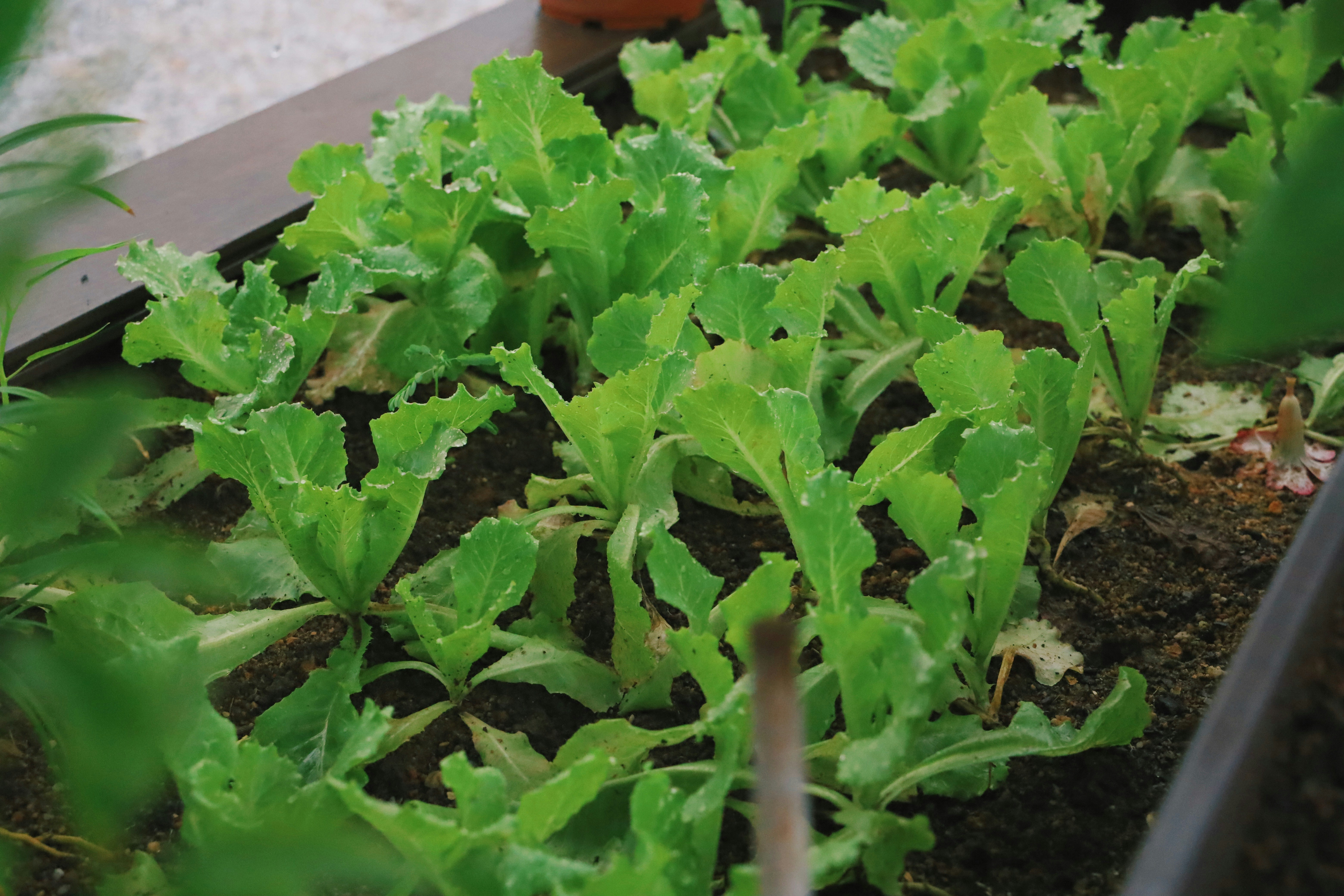Innovative Hydroponic Ideas for the Modern World
August 11, 2024 | by futurekits.inc@optonline.net
 Photo by Sajad Nori on Unsplash
Photo by Sajad Nori on Unsplash The Basics of Hydroponic Systems
Hydroponic systems offer an innovative approach to modern farming by growing plants without soil. The roots are submerged in a nutrient-rich solution, allowing plants to absorb essential nutrients directly. This method enhances water efficiency, optimizes space usage, and fosters rapid plant growth compared to traditional soil-based gardening. The concept of hydroponics has historical roots dating back as far as the ancient Hanging Gardens of Babylon, with significant advancements made through the 20th century.
There are several types of hydroponic systems, each with unique mechanisms and benefits. The Nutrient Film Technique (NFT) involves a thin film of nutrient solution flowing over the plant roots, providing constant access to essential nutrients. Deep Water Culture (DWC), on the other hand, suspends the plant roots in a continuously aerated, nutrient-rich solution, ensuring optimal oxygenation and nutrient absorption. Aeroponics further refines this concept by suspending plants in the air and misting the roots with a nutrient solution, creating an extremely oxygenated environment for vigorous growth. Drip systems offer a more controlled hydration environment, where a nutrient solution is dripped directly onto the plant’s root zone, ensuring consistent nutrient delivery.
Key components essential for a successful hydroponic system include grow lights, nutrient solutions, and growth media. Grow lights simulate natural sunlight, enabling plants to photosynthesize efficiently indoors or in low-light conditions. Nutrient solutions are specifically formulated mixtures of water and essential minerals required for plant growth. Growth media, such as perlite, vermiculite, or rock wool, provide structural support for plants while retaining moisture and nutrients.
Hydroponics presents several advantages over traditional gardening. These systems use significantly less water as surplus nutrient solutions can be recirculated. They also allow for high-density planting in limited spaces, making them ideal for urban farming. Plants typically grow faster in hydroponic systems due to the direct access to nutrients.
Nevertheless, setting up a hydroponic system requires careful consideration and planning. Initial setup costs can be high, and continuous monitoring of pH levels, nutrient concentration, and system maintenance is necessary. However, with proper management, the benefits greatly outweigh these challenges, making hydroponic systems an attractive option for sustainable modern agriculture.
Modern Hydroponic Innovations and Applications
In recent years, the field of hydroponics has witnessed remarkable innovations that have transformed traditional agricultural practices. Among these advancements, automated hydroponic systems stand out for their efficiency and ease of use. These systems incorporate sophisticated sensors to monitor nutrient levels, pH balance, and water quality, ensuring optimal plant growth with minimal human intervention. Smart gardening technologies, such as app-controlled environments and IoT-based monitoring, are revolutionizing how we manage hydroponic setups by providing real-time data and precise control over growing conditions.
One of the most exciting applications of hydroponics is its integration into urban environments. Vertical farming, an increasingly popular method, maximizes space by growing crops in vertically stacked layers. This approach is particularly advantageous in densely populated cities where space is a premium. Rooftop gardens serve as another urban hydroponic innovation, transforming underutilized spaces into productive agricultural hubs. Indoor farms further extend the possibilities, allowing for year-round crop production regardless of external climate conditions. These urban hydroponic systems not only enhance food security but also contribute significantly to urban sustainability by reducing the carbon footprint associated with food transportation.
The impact of hydroponics on addressing food security and sustainability issues cannot be overstated. By utilizing water more efficiently and eliminating the need for soil, hydroponics reduces the environmental impact of farming. Notable examples of successful hydroponic projects include companies like Plenty, which specializes in vertical farming and aims to deliver fresh produce locally, and AeroFarms, known for its pioneering use of aeroponics to grow leafy greens with minimal resources. These startups are at the forefront of driving the hydroponics industry forward, proving that innovative approaches can meet the increasing global demand for food sustainably.
Looking ahead, future trends in hydroponics point towards even greater integration of advanced technologies. The use of artificial intelligence to predict crop yields and optimize growing conditions, along with advances in sustainable energy sources to power hydroponic farms, are poised to propel the industry to new heights. As the world grapples with challenges in global agriculture, hydroponics emerges as a vital component for building resilient food systems and ensuring food security for future generations.
RELATED POSTS
View all


